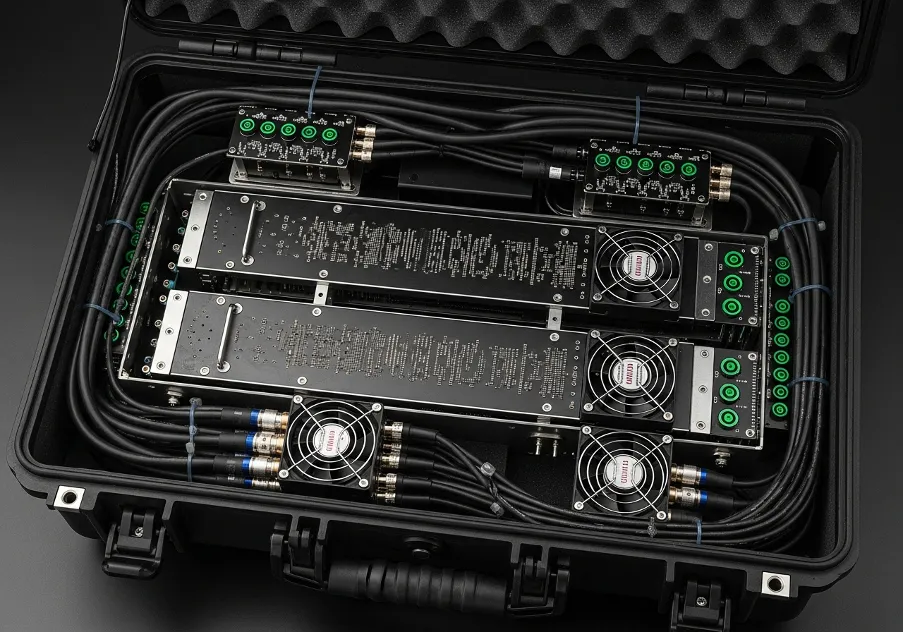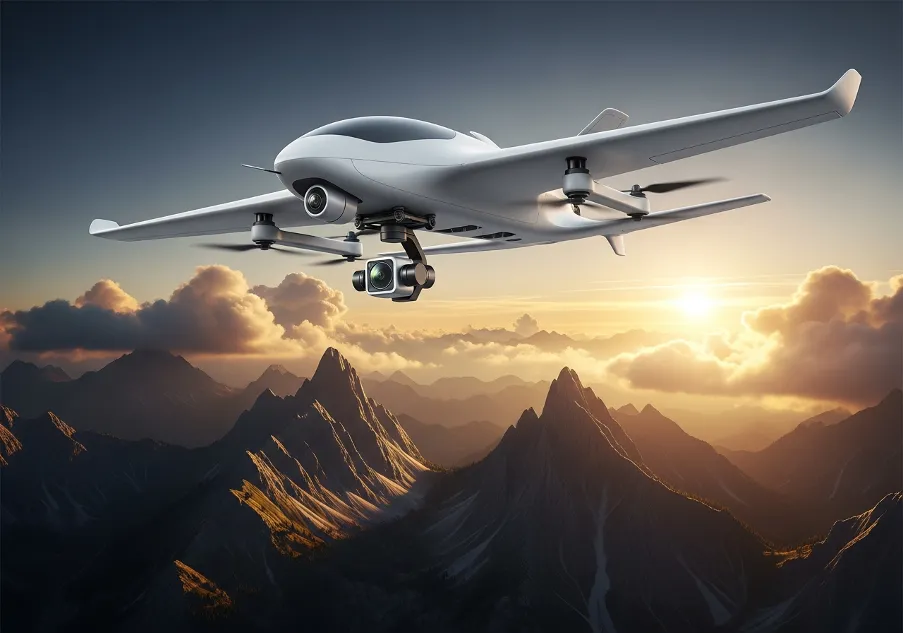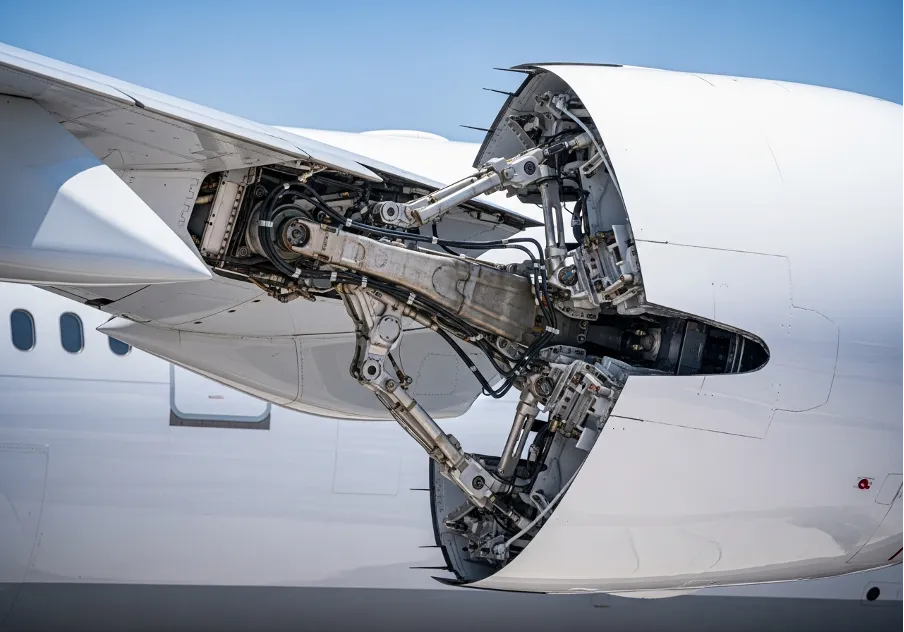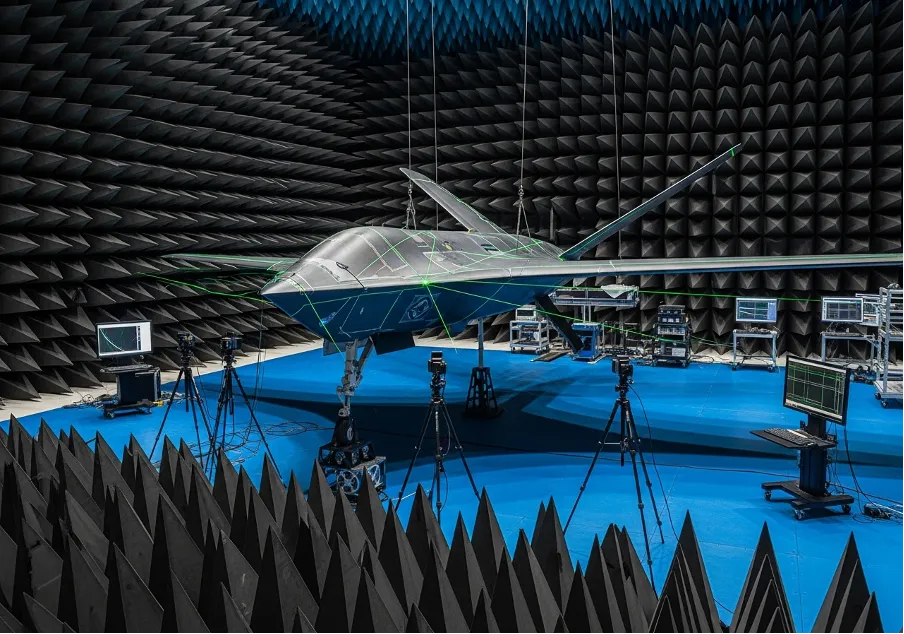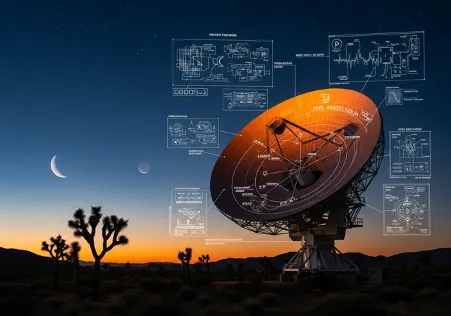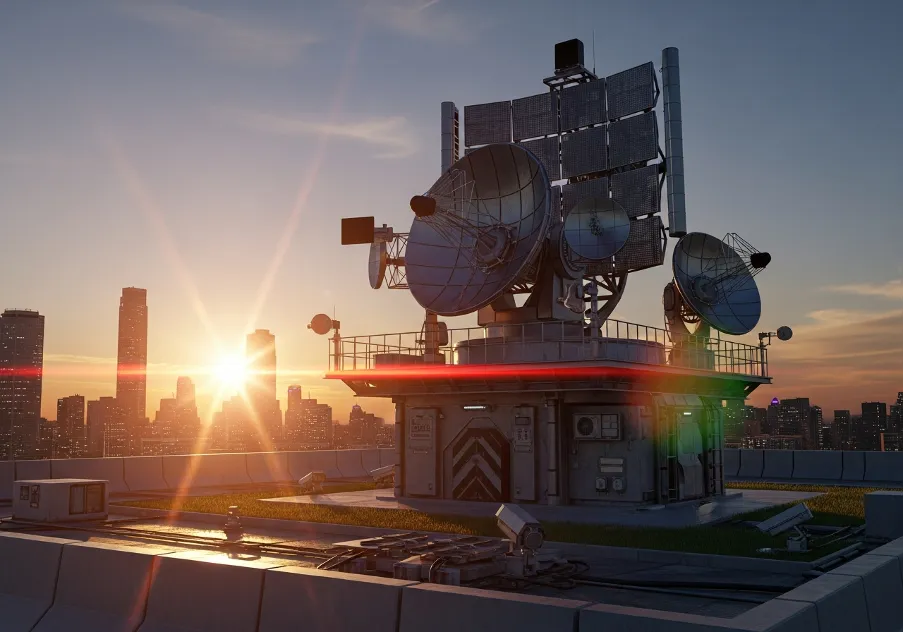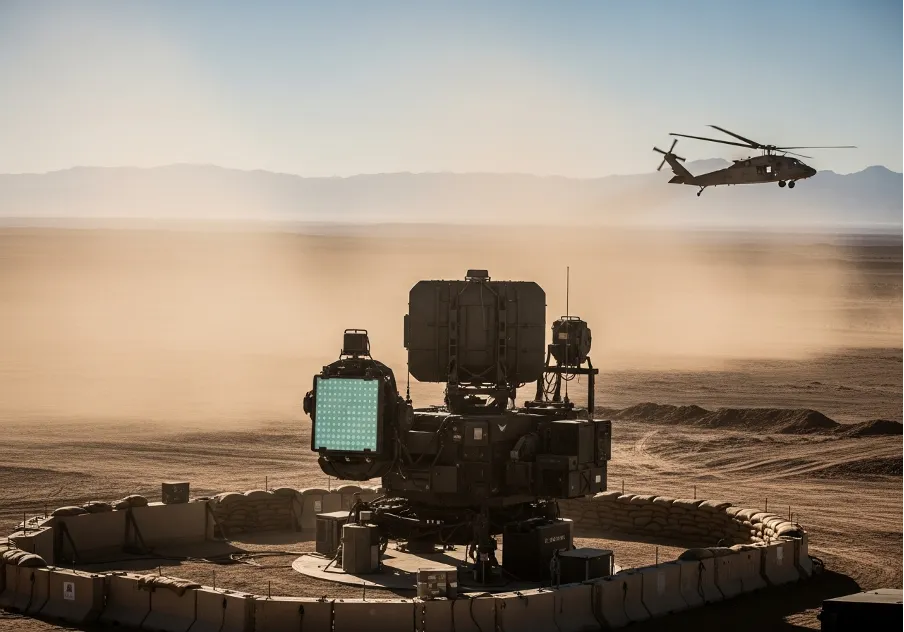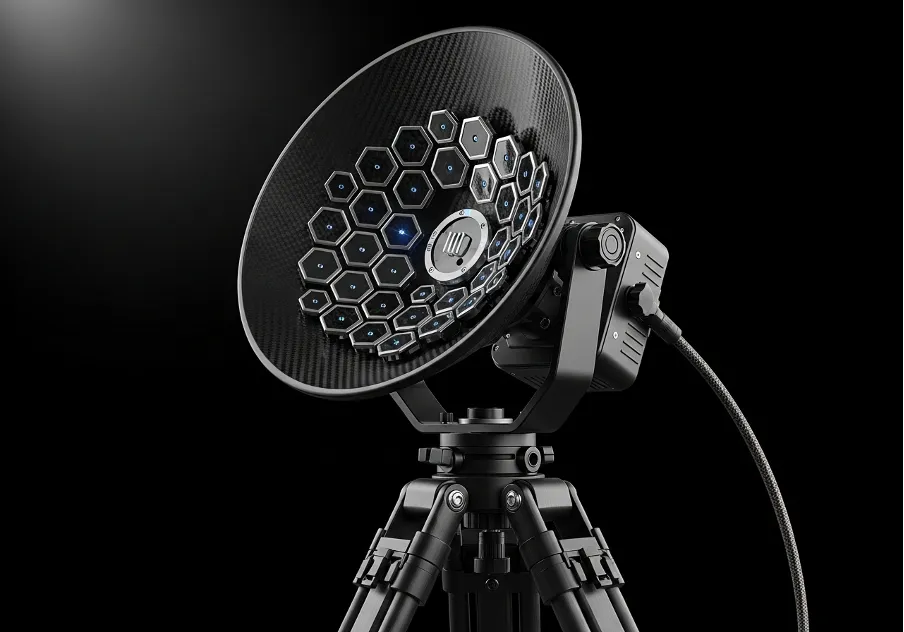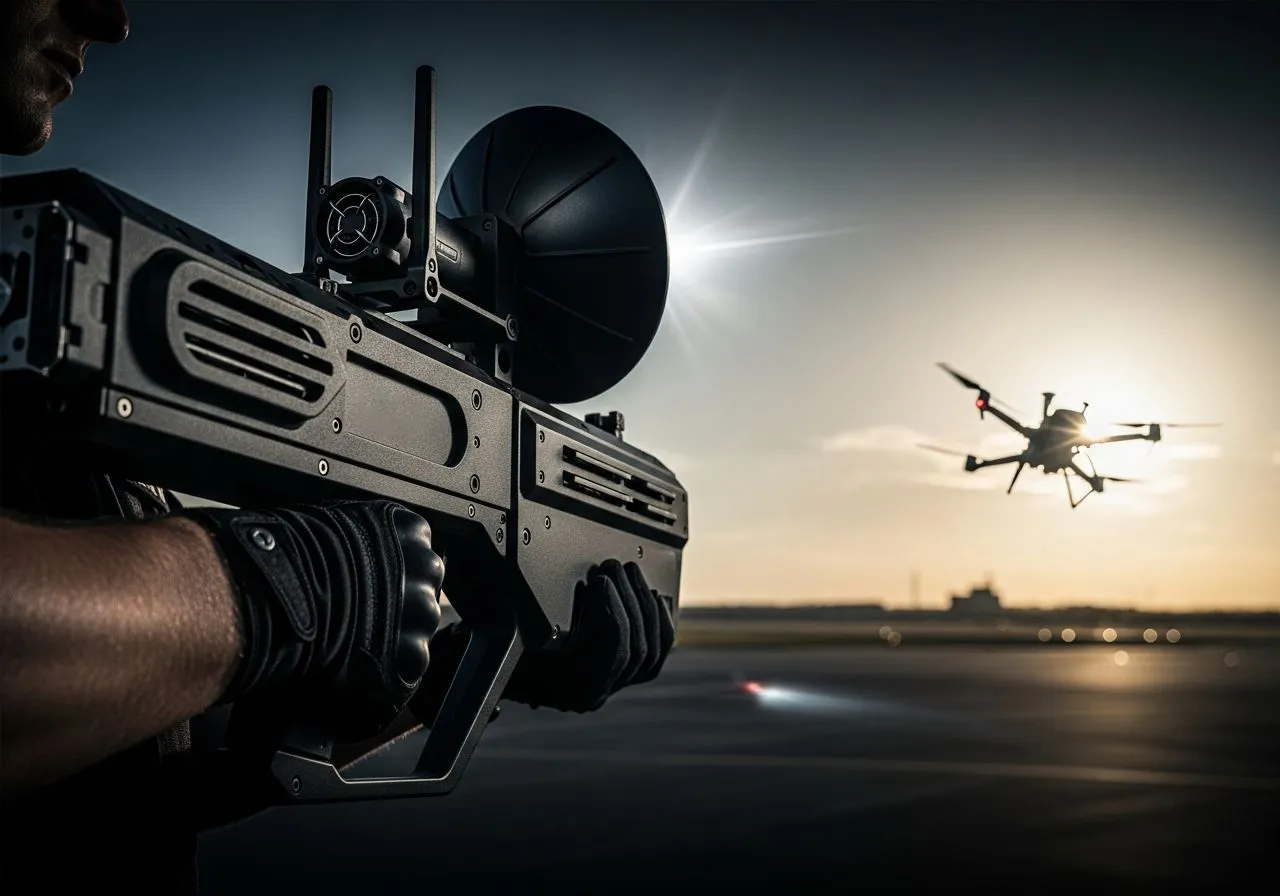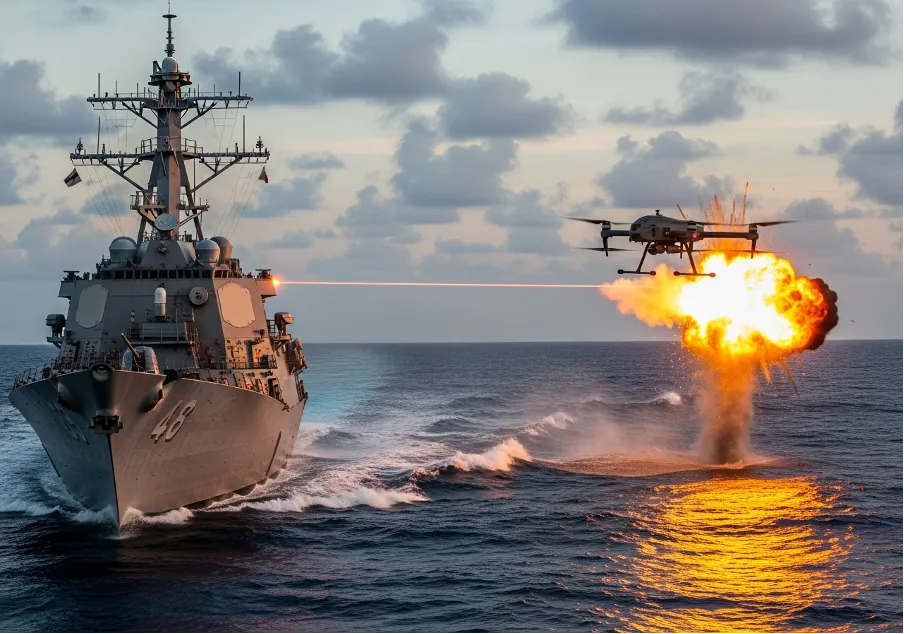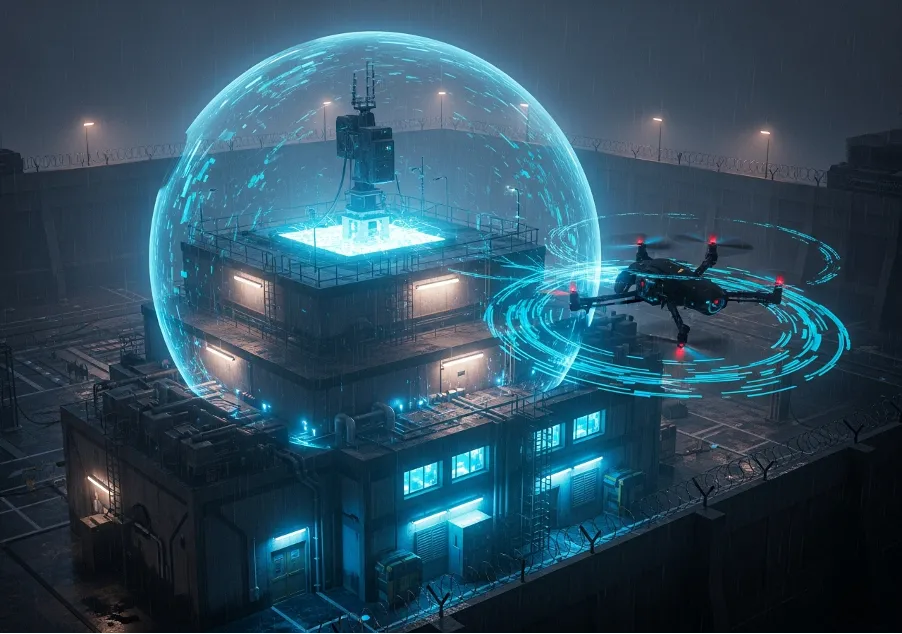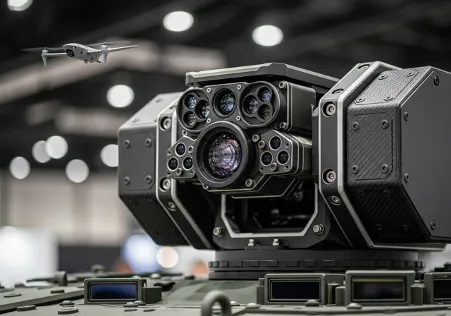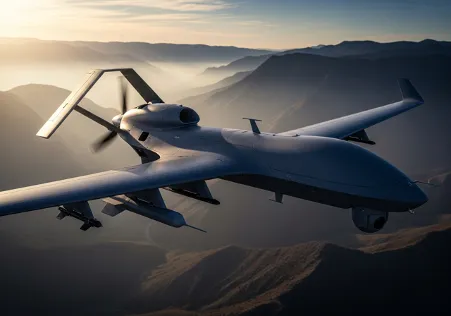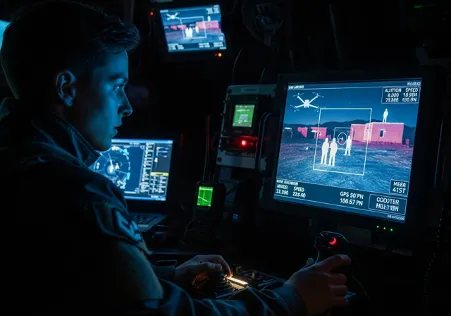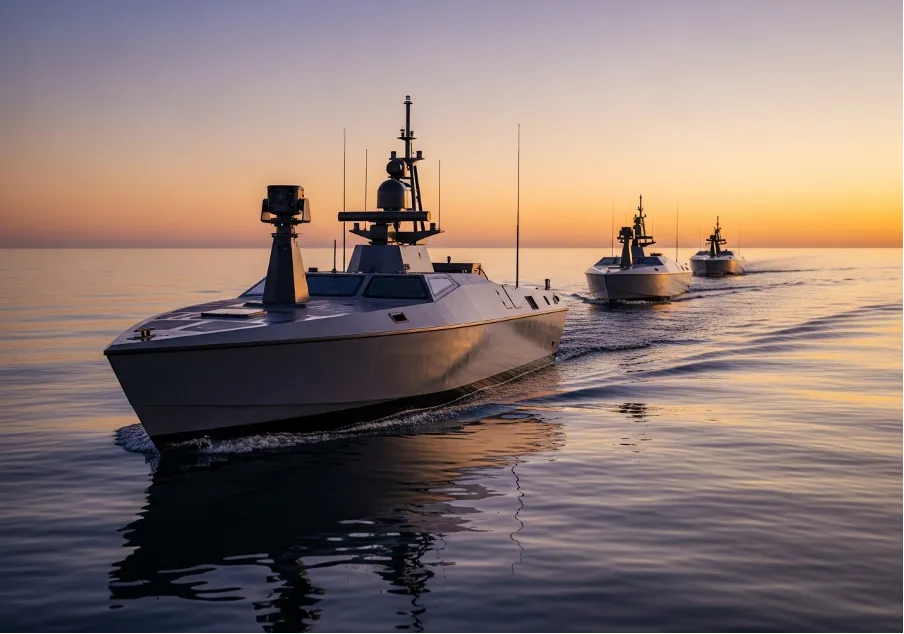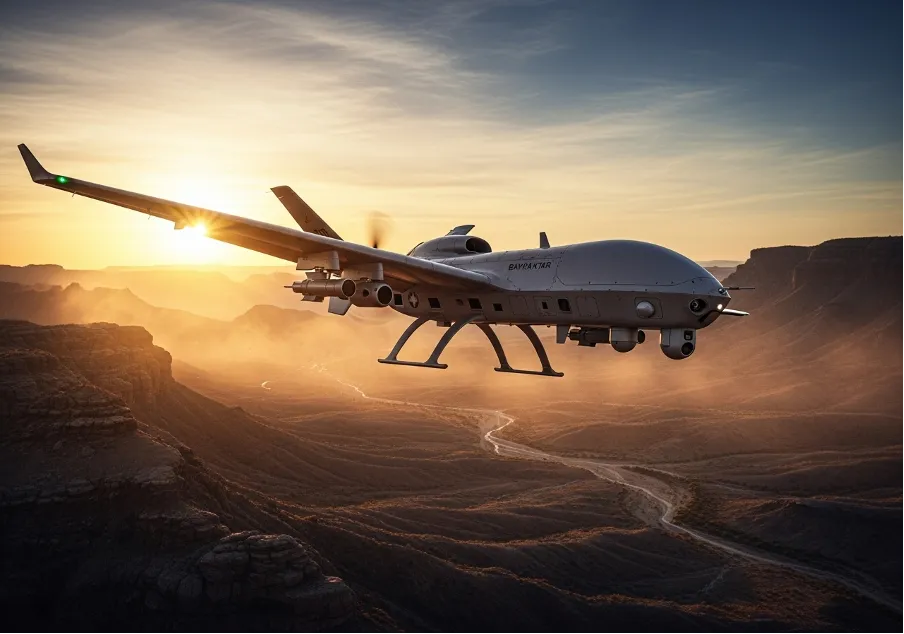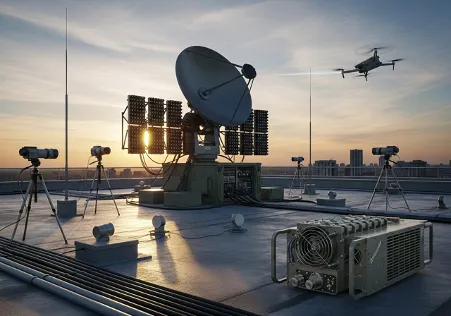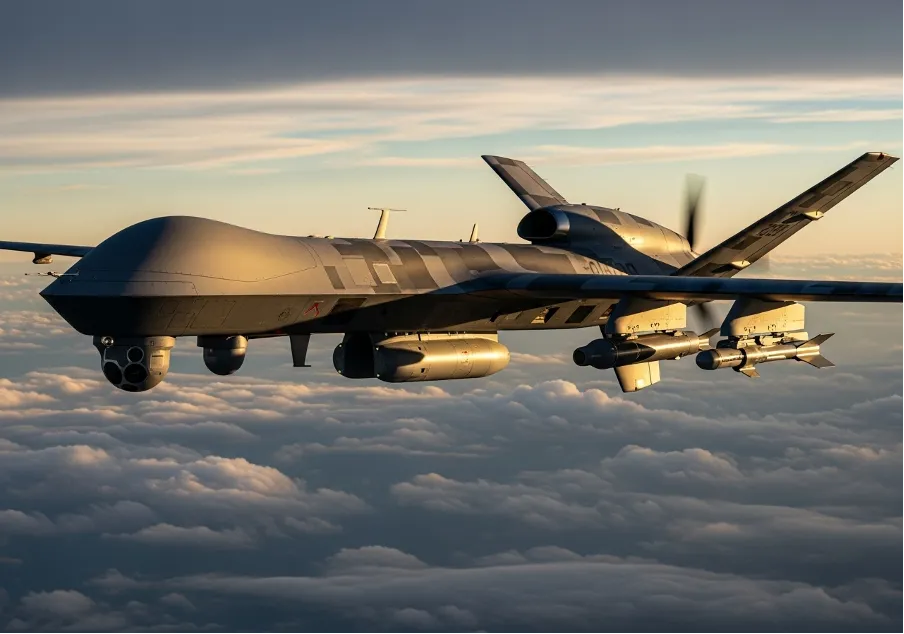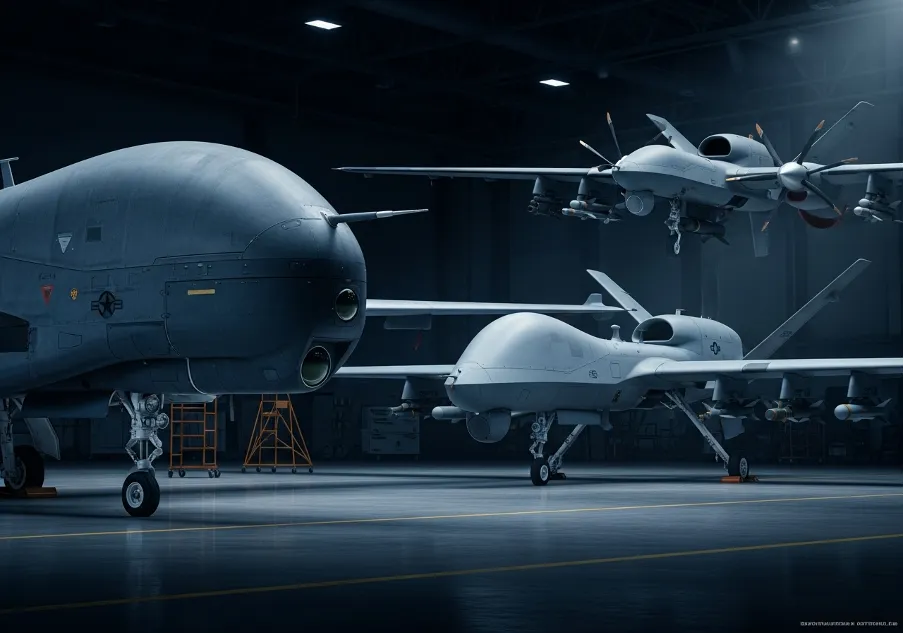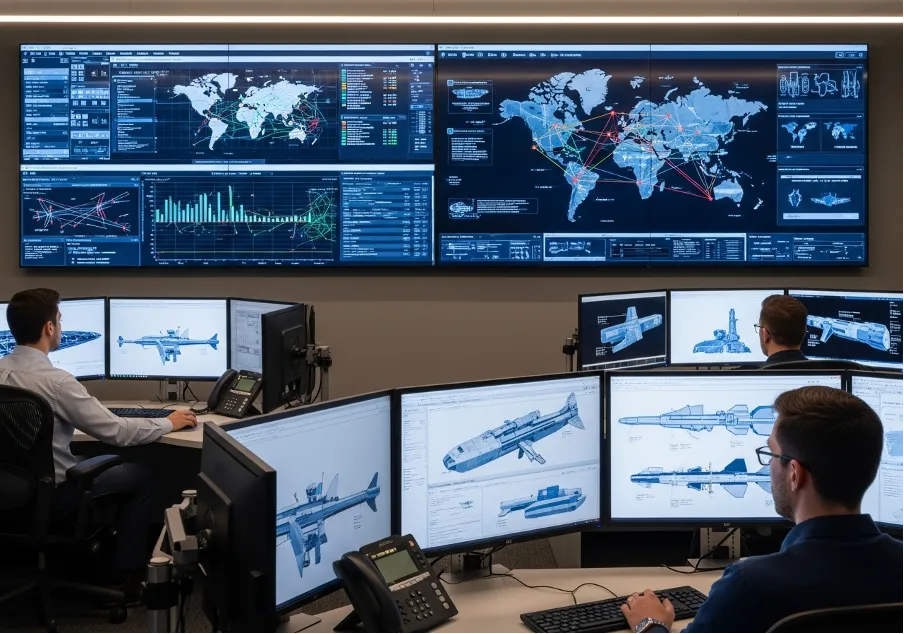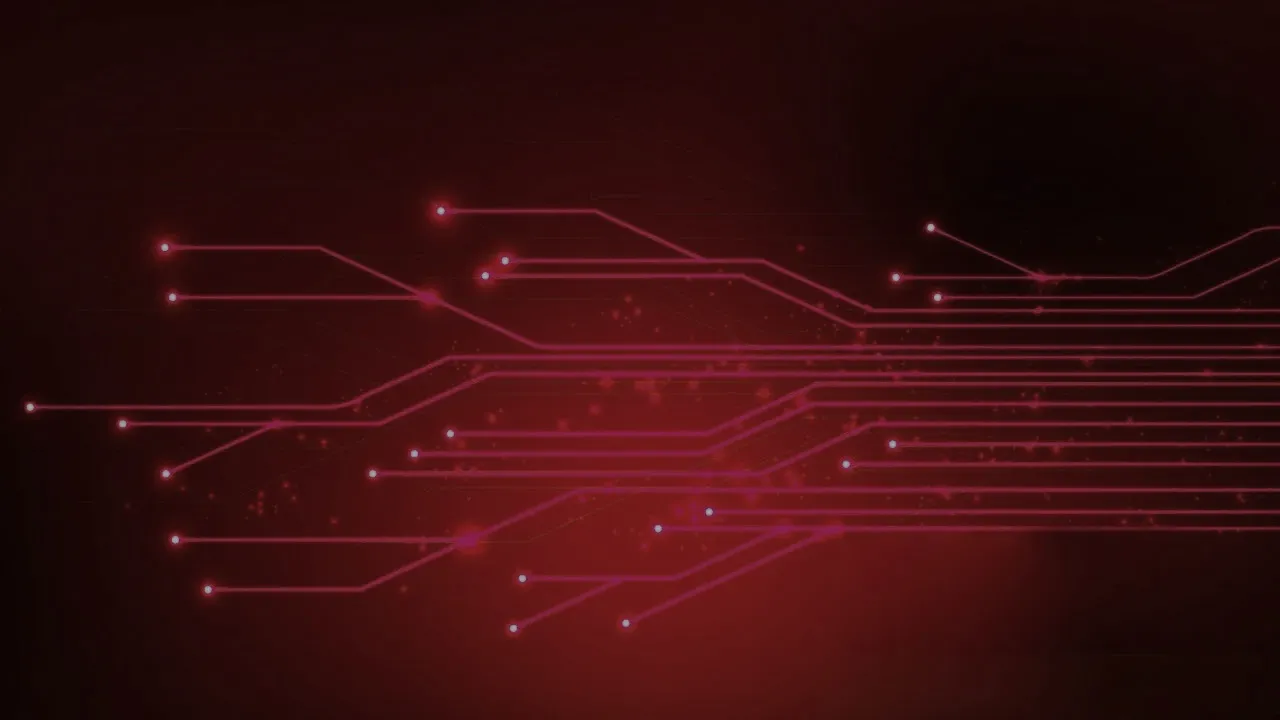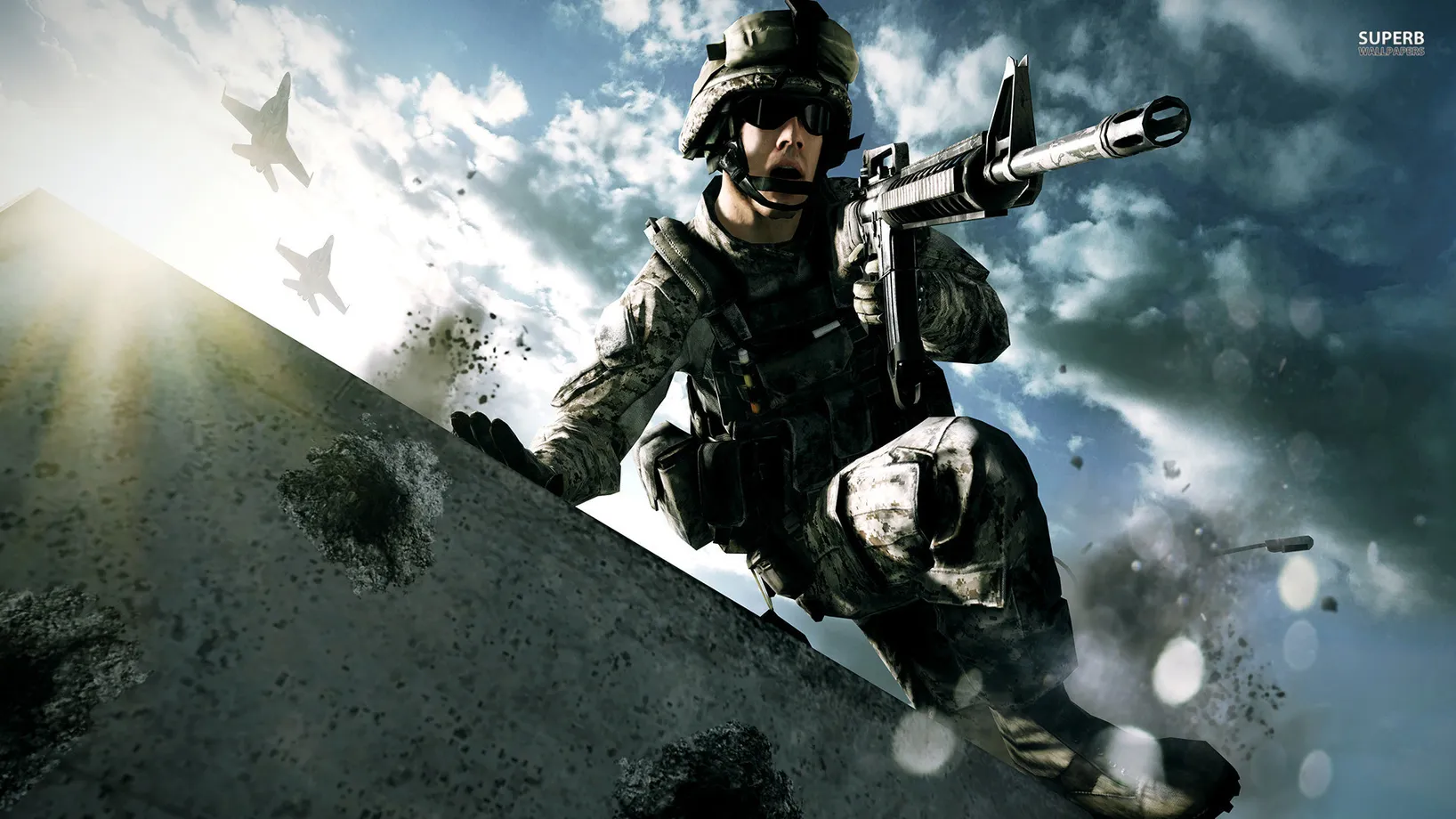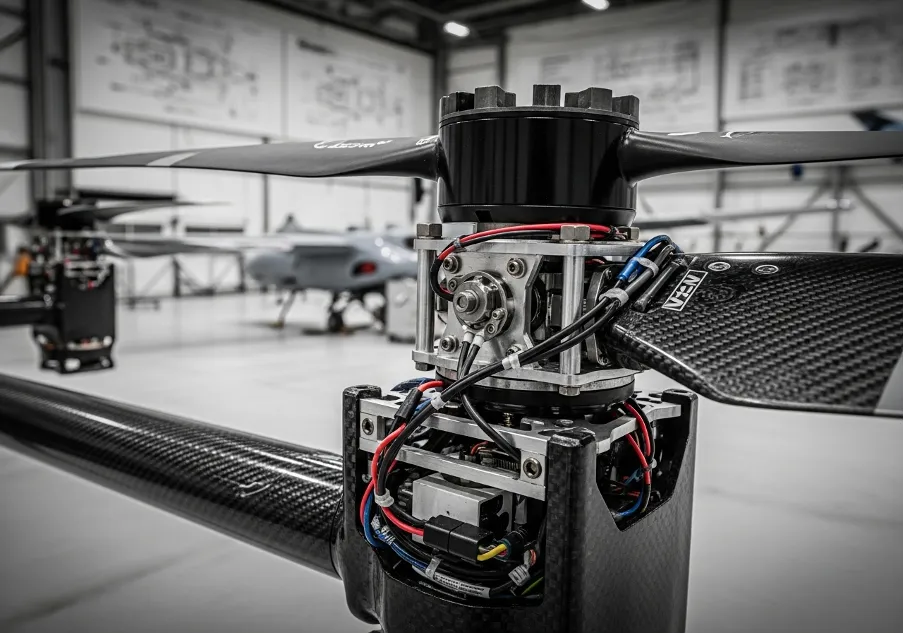
How a VTOL Drone Works
Engineering Behind the Vertical Takeoff Drone
Vertical Take-off and Landing technology embodies a transformative approach to unmanned aerial systems. These machines are not merely an evolution of quadcopters or a modification of conventional planes; they are a genuine synthesis, blending the distinct advantages of both platforms. Newcomers to the field often ask what is a VTOL and the answer reveals a new paradigm in flight. The core concept is to create an aircraft that ascends vertically, like a helicopter, and then transitions to efficient, wing-borne forward flight, completely bypassing the need for runways.
This dual-mode capability is the cornerstone of their design. A standard multi-rotor excels at hovering but struggles with range and speed, while a fixed-wing aircraft can traverse great distances but is constrained by its need for a prepared airstrip. The true innovation lies in the engineering that facilitates a seamless shift between these flight dynamics. Understanding the VTOL full form — Vertical Take-off and Landing — is key to appreciating the fundamental problem this technology solves.
The Core Mechanics and Design Philosophy
The foundational principle is the sophisticated management of thrust. For takeoff, powerful rotors provide direct vertical lift. Once airborne, the critical transition phase begins, where the aircraft accelerates and its wings start generating aerodynamic lift. The complexity of the software required to manage this handoff is immense, forming the bedrock of any reliable VTOL aircraft design. This process allows the machine to morph from a rotorcraft into a plane mid-flight.
There are a few dominant design philosophies that have emerged to solve this engineering challenge, each presenting a unique set of trade-offs:
- Unmanned convertiplanes. These designs physically reorient their propulsion systems, including tilt-rotors where only the motors pivot, and tilt-wings where the entire wing assembly moves between horizontal and vertical.
- Tail-sitters. This more unusual configuration involves the aircraft resting vertically on its tail for launch and recovery, later pitching its entire airframe forward to fly like a conventional plane.
The selection between these approaches is dictated by specific mission profiles, payload requirements, and desired performance characteristics. A complete list of VTOL aircraft available on the market today would showcase a remarkable diversity of engineering solutions.
Distinguishing Features VTOL Drones: More Than Just Takeoff
Runway independence is the most obvious benefit, but the practical advantages run much deeper. The ability to deploy from highly confined areas a small forest clearing, a ship's deck, or an urban rooftop radically alters logistical planning. The enhanced safety during launch is another significant factor, as operators can maintain a safe distance from the rotors. But perhaps the biggest differentiator is the fusion of endurance and flexibility. The aerodynamic efficiency of a fixed wing VTOL drone enables it to stay airborne for hours, far longer than a multi-rotor.
This unique combination of traits is what makes the technology so compelling. It inherits the best of both worlds: the multi-rotor's ability to operate anywhere and the fixed-wing's capacity for long-range missions. The advanced autopilot systems mean that the entire flight, from takeoff to landing, can be fully autonomous, removing the need for highly skilled pilots. The average VTOL drone is therefore a surprisingly accessible piece of high-performance equipment.
The operational flexibility that a drone VTOL provides is unmatched by any other single platform. It can launch, survey a vast area hundreds of kilometers away, and then return to land in a precise spot without any additional infrastructure. Even the widespread international adoption, evidenced by terms like the German VTOL drohne, points to the global recognition of its superior capabilities.
A Spectrum of Civilian Applications
The utility of these platforms has unlocked a vast array of commercial and civic uses. In fields like cartography and land surveying, their ability to cover large areas quickly and efficiently is a game-changer. A modern VTOL UAV is a powerful instrument for creating high-resolution maps and 3D models of terrain. They are also invaluable for inspecting critical infrastructure like power lines and pipelines, especially in remote or hazardous locations.
The applications extend into numerous other sectors, driven by the platform's versatility:
- Precision agriculture. Monitoring crop health and optimizing irrigation over thousands of acres.
- Environmental monitoring. Tracking wildlife populations, assessing deforestation, and monitoring coastal erosion.
- Emergency response. Rapidly deploying to disaster zones for search and rescue or damage assessment.
The precision and quality of the data gathered by a UAV VTOL system make it an indispensable tool for professionals who require both a bird's-eye view and granular detail.
Operational Nuances and Future Outlook
While impressive, these systems are not a universal solution. Their mechanical complexity, particularly the mechanisms for transitioning between flight modes, translates to higher manufacturing and maintenance costs when compared to simpler drone types. The broader ecosystem, often referred to as a VTOL UAs or Unmanned Aircraft System, includes not just the airframe but also the ground control station and data links, adding to the overall system cost. A simpler, more direct term like vertical drone is sometimes used to emphasize its core takeoff capability to a lay audience.
Looking ahead, the trajectory is clear. Advances in battery technology, the development of more efficient hybrid gasoline-electric power units, and increasingly sophisticated autonomous control software are continually pushing the boundaries of what is possible. The fundamental ability of a vertical takeoff drone to operate from virtually anywhere is its single greatest strength, ensuring its relevance for years to come. Even the seemingly minor distinction in the hyphenated term V-TOL often signifies a focus on the specific technical nuances of the propulsion and control systems.
The Strategic Dimension with VTOL: Military and Defense
The tactical advantages offered by this technology have not been overlooked by defense organizations. The capacity to launch and recover intelligence, surveillance, and reconnaissance (ISR) assets without an airfield is a profound strategic benefit. The growing role of military VTOL platforms in modern defense is undeniable, providing persistent oversight in complex operational environments. A purpose-built VTOL drone military asset can be deployed from forward operating bases or naval vessels, offering a level of responsiveness that was previously unattainable.
This has led to significant investment in creating more advanced and specialized platforms. The development of a stealthy and resilient military VTOL drone is a high priority for many nations, designed for missions in contested airspace. Ultimately, a large and capable VTOL military aircraft could even be used for tasks like cargo resupply to remote units, further demonstrating the platform's incredible versatility.
Learn more about alternative systems and related products from Prodefence in Unmanned Technologies.
Trusted Worldwide
Operating in more than 50 countries, we provide cutting-edge defense solutions that ensure your safety to every corner of the globe.
Get Advice From Our Experts
Please complete the feedback form to gain exclusive access to our catalog showcasing models that are not available on our website
We’re here to assist you with any inquiries, support, or information you need. Whether you're interested in our defense products, looking to collaborate, or simply have a question, our team is ready to help.
